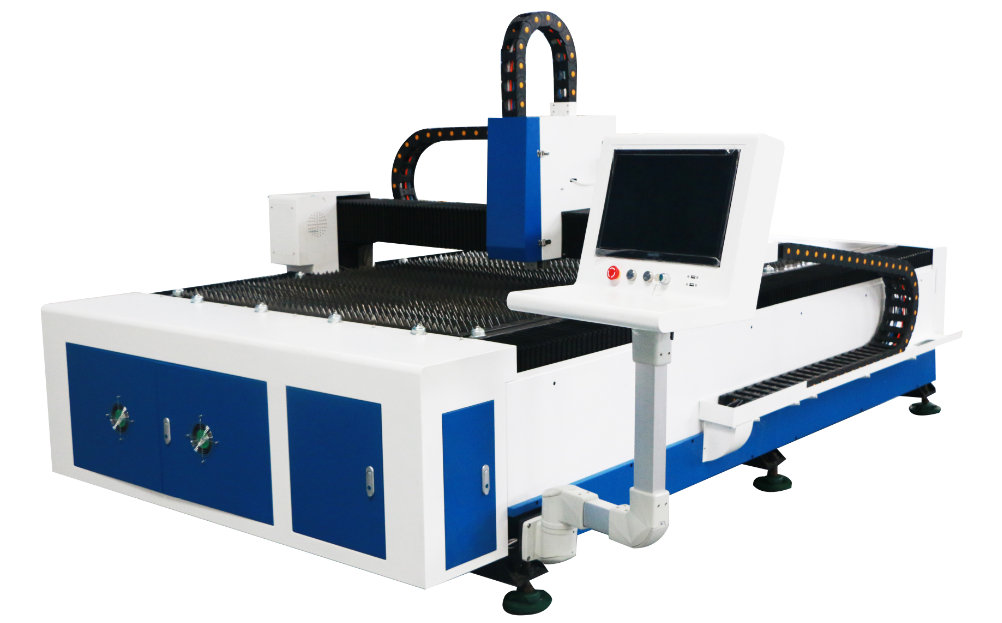The development of cutting technologies
Oxy fuel Advantages
Thick mild steel cutting on greater than 75 mm (3 in.)
Between 50 mm (2 in.) and 75 mm (3 in.), it depends on volume to determine when to use oxyfuel or plasma
Plasma Advantages
Better cut quality than oxyfuel
Higher productivity than oxyfuel due to faster cutting speeds; better than CO2 and fiber on materials less than 1/4 in. (6 mm)
Lower cost per length of cut than oxyfuel; lower operating cost than laser on materials thicker than 1/4 in. (6 mm)
Increased flexibility over oxyfuel, fiber laser, or CO2 laser with the ability to cut a wide range of material thicknesses and metal types
Significantly lower capital, operating, and maintenance costs than CO2 laser
Between 6 mm (1/4 in.) and 20 mm (3/4 in.), it depends on volume and amount of fine-feature cutting to determine when to use plasma or fiber/CO2 laser
Fiber Laser Advantages
Excellent cut quality and productivity on material less than 6 mm (1/4 in.)
Better cut quality than plasma for fine features
Better cut quality than plasma on holes, with the ability to produce holes less than a 1:1 diameter-to-thickness ratio
Lower operating and maintenance costs compared to CO2 laser and plasma
Between 6 mm (1/4 in.) and 20 mm (3/4 in.), it depends on volume and amount of fine-feature cutting to determine when to use plasma or fiber/CO2 laser
CO2 Laser Advantages
Excellent cut quality and productivity on material less than 6 mm (1/4 in.)
Better cut quality than plasma for fine features
Better cut quality than plasma on holes with less than a 1:1 diameter-to-thickness ratio
Higher powers enable cutting a broad thickness range with good tolerance

